
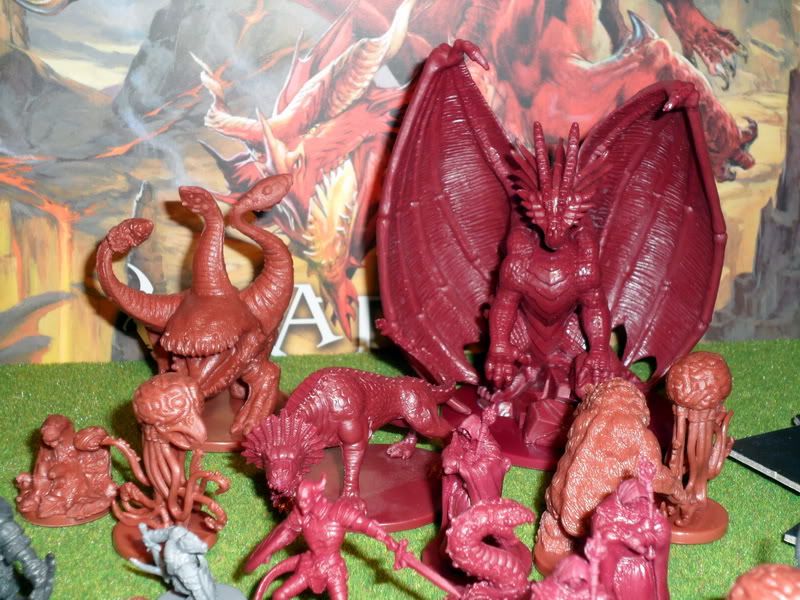 For a change this was not a game that I've had in my sights for a few months prior to buying it but rather a purchase triggered by the WWPD guys talking about the game in their podcast and me being fortunate enough to sell some of my school literature from last semester in the middle of the summer leaving me with some spare cash.
For a change this was not a game that I've had in my sights for a few months prior to buying it but rather a purchase triggered by the WWPD guys talking about the game in their podcast and me being fortunate enough to sell some of my school literature from last semester in the middle of the summer leaving me with some spare cash.For my boardgame collection I try to have a variety of games with each having its own style and gameplay. One thing missing was a more in depth dungeon crawl, and I had actually considered buying Descent at one time but that game was rather expensive for a core box. So I was weighing my options between Castle Ravenloft and Wrath of Ashardalon, both games have the exact same amount of components judging by the back of the box, both share the same gameplay and are made by the same company. What really made me pick Ashardalon in the end was the store clerk advice that the rulebook was written in a better and more clear way in the Ashardalon game - add to that the positive response from the WWPD guys and I picked it up.
So, Wrath of Ashardalon is a Dungeons&Dragons title released by WizardsOfTheCoast. Thought the rules and gameplay itself is a rather stripped down version in regard to the RPG elements. That is not really a bad thing as this makes the game easy to learn and get into while keeping the actual gameplay fast paced and not bogged down with a lot of die rolls. This does not mean that the game is simplistic – I will cover the gameplay in part 2. In this first part I will cover the contents of the box.
The box itself is a rather thick square box and it has some good storage spaces carved inside.
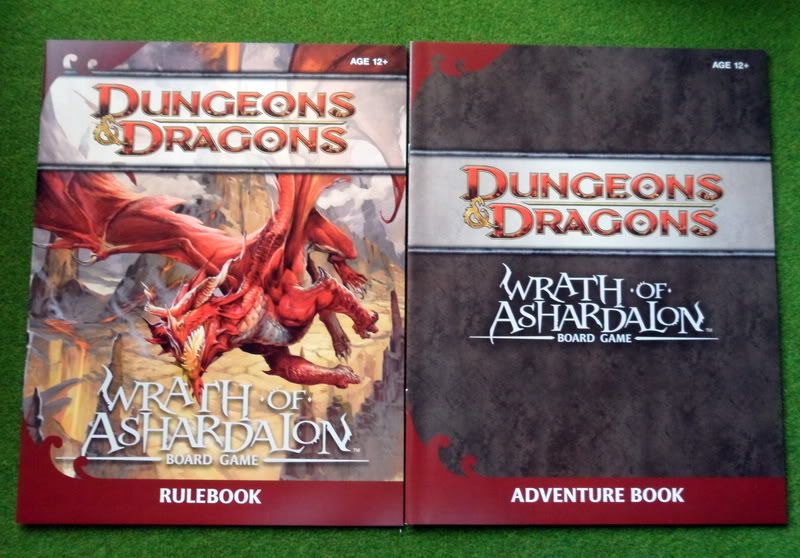 The game comes with two books, both 15 pages long. One being the rulebook, which is in fact very well written and clear on just about everything with the exception of ”what exactly happens when you level up”. And by that I mean, ”do you restore your health to max?”. That is the only question I have, and it is easily resolved by indeed allowing characters to regain full health when they level up as it makes the most sense since you get an increased amount of health points when you level up.
The game comes with two books, both 15 pages long. One being the rulebook, which is in fact very well written and clear on just about everything with the exception of ”what exactly happens when you level up”. And by that I mean, ”do you restore your health to max?”. That is the only question I have, and it is easily resolved by indeed allowing characters to regain full health when they level up as it makes the most sense since you get an increased amount of health points when you level up.The rulebook has some great example pictures showing movement, tile placement etc using color codes and arrows –it is very easy to get a hang of the game.
The Adventure book contains the scenarios for this game. It contains 13 scenarios, but – some of them are ”campaigns” meaning you replay them to achieve different goals and keep your gear, loot and leveled up characters between games. The adventures are also written in a way to make the players learn the game gradually. The first scenario is a single player mission where you learn the basics of the game, the second scenario is pretty much a continuation of the ”tutorial mode” but this time for 2-5 ”heroes”. Mission 3 and beyond are all meant to be played by 2-5 ”heroes”. And I can tell right now that by ”heroes” it means that you can play this game by yourself controlling multiple characters just like co-operative games like Arkham Horror.
Now let’s look at the rest of the box contents, and you get quite a bunch of stuff.
A bag containing plastic figures, including the 5 heroes (fighter, rogue, wizard, cleric and paladin) 3 big bosses including the titular villain, the dragon Ashardalon. You also get 4 lesser bosses and 3 of each monster type represented in the game (10 monster types in total).
You get a bunch of punch out sheets with all the tiles and components. The tiles are divided into two groups. The regular Dungeon Tiles and the scenario based special rooms, entry/exit points etc. The special rooms are color coded and have a specific text printed on their back, with the entry points into these rooms being ”hidden” and shuffled into the Dungeon Tile pile.
The tokens include such things as your health points, surge tokens, doors, traps, scenario specific components such as objects or villagers and tokens that are related to some of the powers and abilities of your heroes.
You also get 5 hero sheets, showing the default level 1 hero stats on one side and the leveled up hero stats on the back. Each of the bosses also get a similar sheet – the difference being that two bosses share the same sheet instead of having a leveled up version of themselves on the back. Ashardalon has his own sheet.

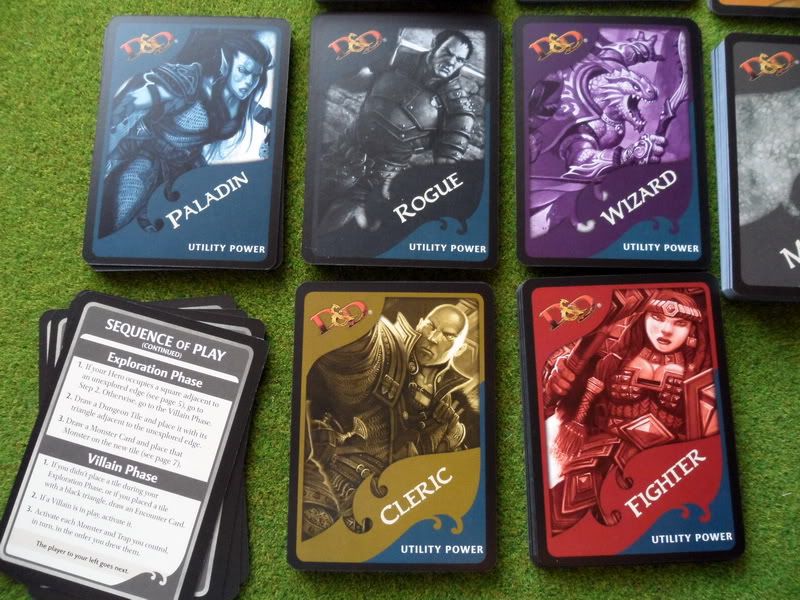 There are also a bunch of cards, that form a couple of decks of their own. Each hero gets a deck with his abilities, powers and attacks. Then you have the scenario specific decks of “Boon cards”/”Chamber cards”/”Adventure cards”.
There are also a bunch of cards, that form a couple of decks of their own. Each hero gets a deck with his abilities, powers and attacks. Then you have the scenario specific decks of “Boon cards”/”Chamber cards”/”Adventure cards”. The decks being most important and those being used in each
 scenario are the “Monster deck” which is used for spawning monsters in the dungeon, “Treasure deck” which is filled with rewards for the heroes to collect when they slay enemies and the “Encounter deck” which is filled with random but most frequently punishing/bad stuff that occurs in the dungeon as the heroes explore it.
scenario are the “Monster deck” which is used for spawning monsters in the dungeon, “Treasure deck” which is filled with rewards for the heroes to collect when they slay enemies and the “Encounter deck” which is filled with random but most frequently punishing/bad stuff that occurs in the dungeon as the heroes explore it.There are also 5 cards explaining the turn sequence which can be used for quick reference.
The quality of the components is a bit mixed.
 All cardboard components are easy to punch out and really robust and high quality. But the print on the hero and boss monster sheets is a bit boring looking.
All cardboard components are easy to punch out and really robust and high quality. But the print on the hero and boss monster sheets is a bit boring looking. 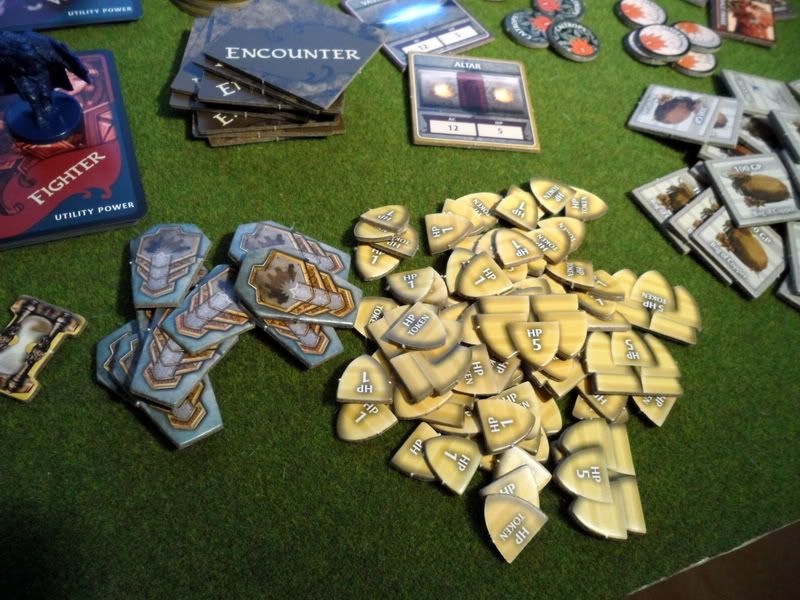
The cards are not the glossy kind but a matt and have a slight “paper” feel to them that does not mean they are crap quality but a glossy finish would enhance the impression you get from picking them up. And the card artwork is just like the hero/boss sheets a bit dull and “old school” if you like. They are extremely easy to pick out and the information printed on them is perfectly understandable but they lack that extra something to make them a great component rather than just being a functional component.
 The miniatures are also a mixed bag, while none are horrible they range from damn good looking, in particular the Orcs, the Otyugh, the Enraged Drake and Ashardalon. Then you have the stuff that looks good, most remaining monsters and heroes. And then you have a few models that suffer from the “soft plastic” problem of having bent weapons – the Legion Devils and the Wizard hero. I myself am not really interested in painting these
The miniatures are also a mixed bag, while none are horrible they range from damn good looking, in particular the Orcs, the Otyugh, the Enraged Drake and Ashardalon. Then you have the stuff that looks good, most remaining monsters and heroes. And then you have a few models that suffer from the “soft plastic” problem of having bent weapons – the Legion Devils and the Wizard hero. I myself am not really interested in painting these  models but if you really want to paint them I guess they are on par with most other models out there that you get with a boardgame. I’ve seen the quality of the models you get in Mansions of Madness to be roughly similar with some of the models holding thin weapons also suffering from the “bent” soft plastic.
models but if you really want to paint them I guess they are on par with most other models out there that you get with a boardgame. I’ve seen the quality of the models you get in Mansions of Madness to be roughly similar with some of the models holding thin weapons also suffering from the “bent” soft plastic.Now you may get a bit of a negative vibe from that above, but the components are mostly in the upper regions of the quality levels and those other bits won’t make the game any less good. The game is in fact immersive and great fun. And if you look at some of the components of Descent they look a bit out of place with the rest of the game as well (the character cards and silly doors). More importantly I realize this game – despite including all of these components – is priced as a “regular” boardgame rather than in the same price range like Descent and Mansions of Madness. This makes it a much more affordable alternative to both those games.
Check in again tomorrow for part 2 where I explain the gameplay features and go through the rules.
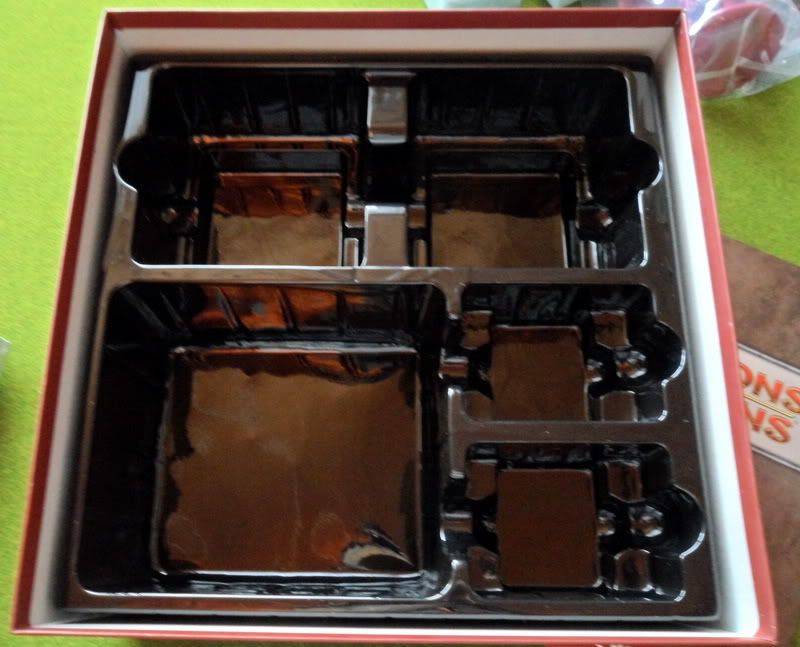
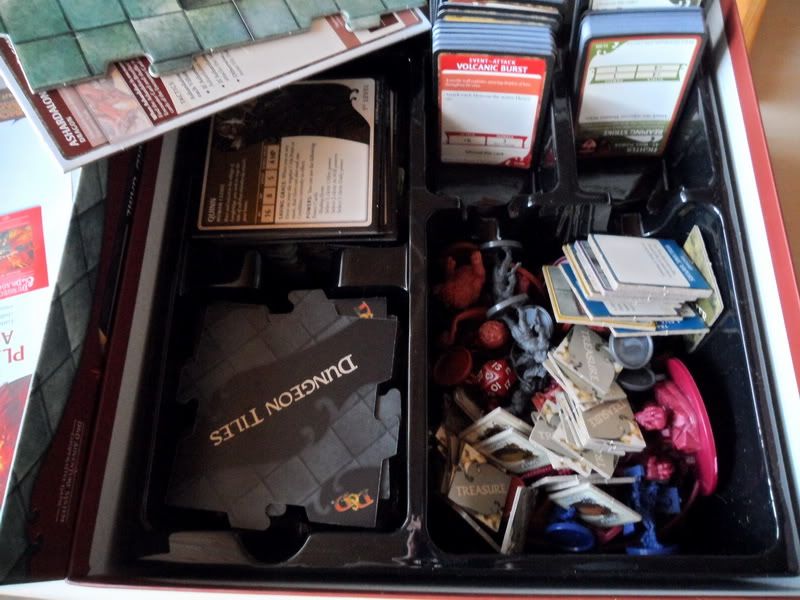


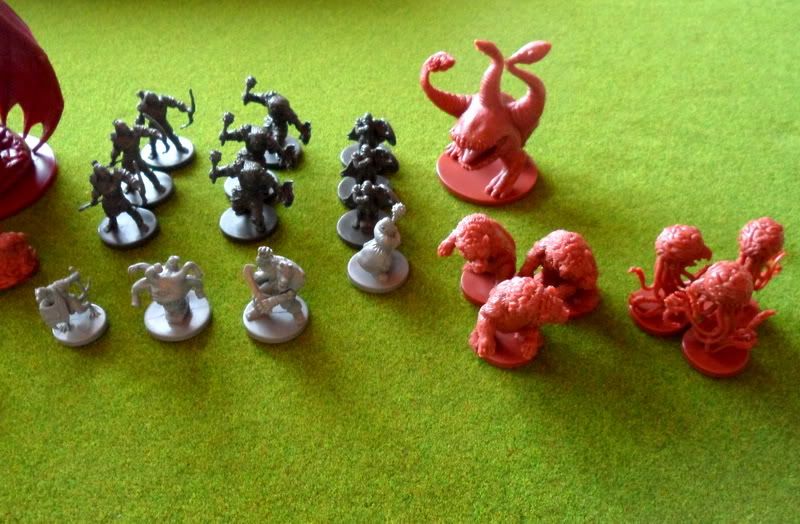

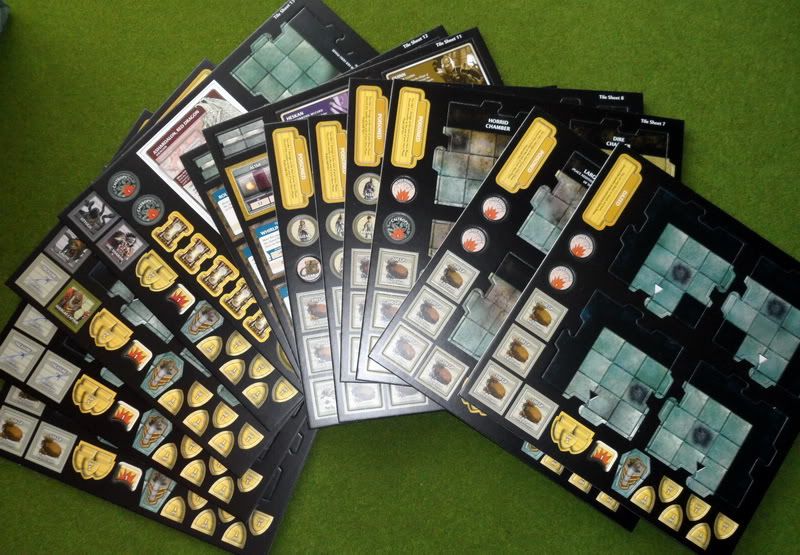
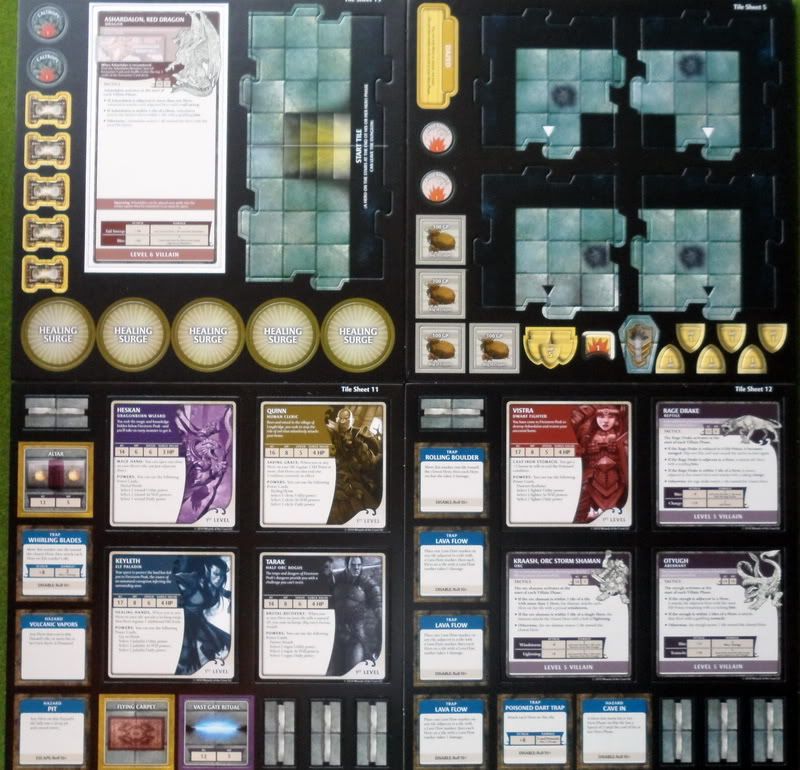
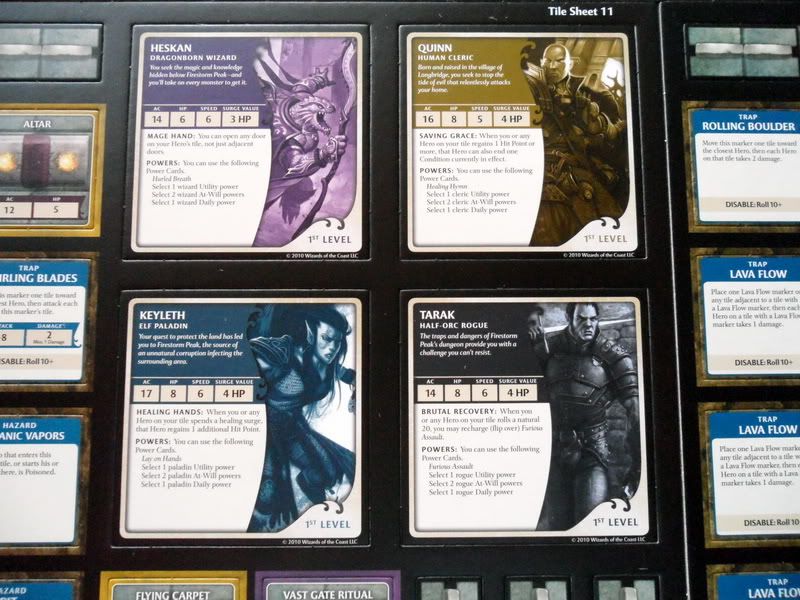
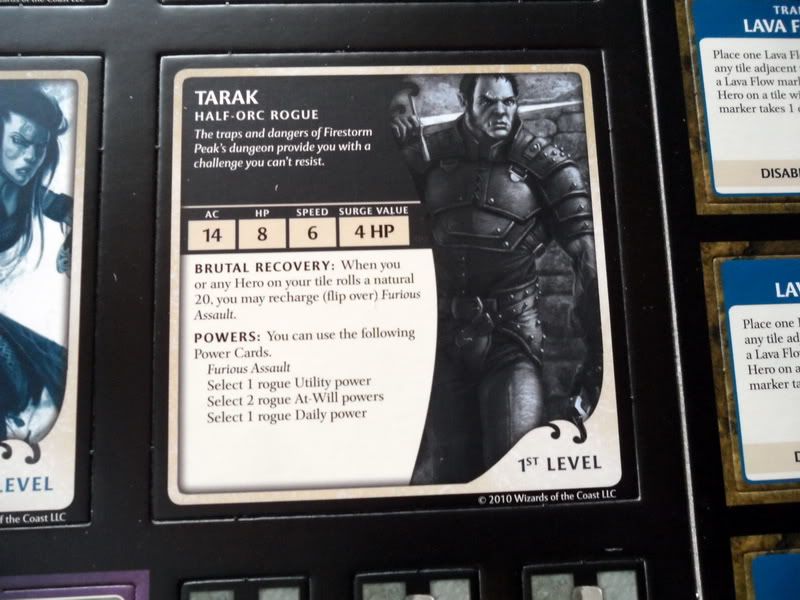
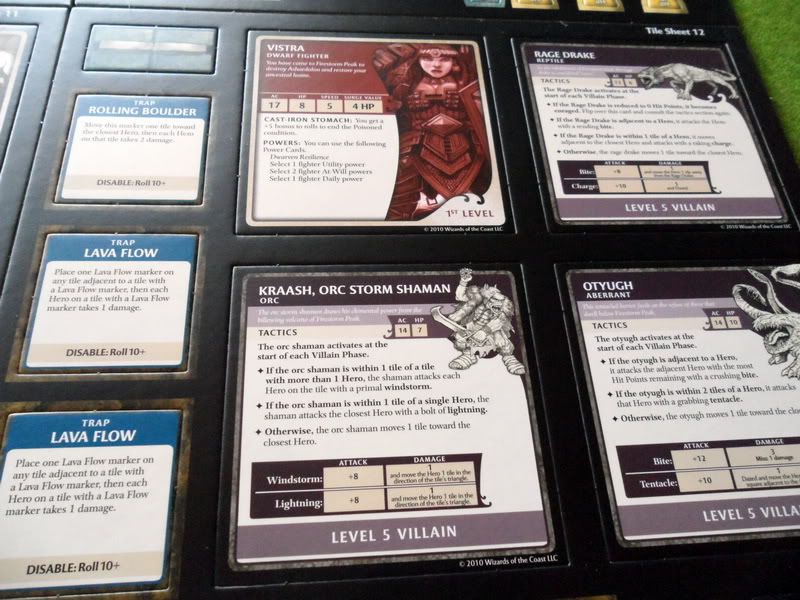
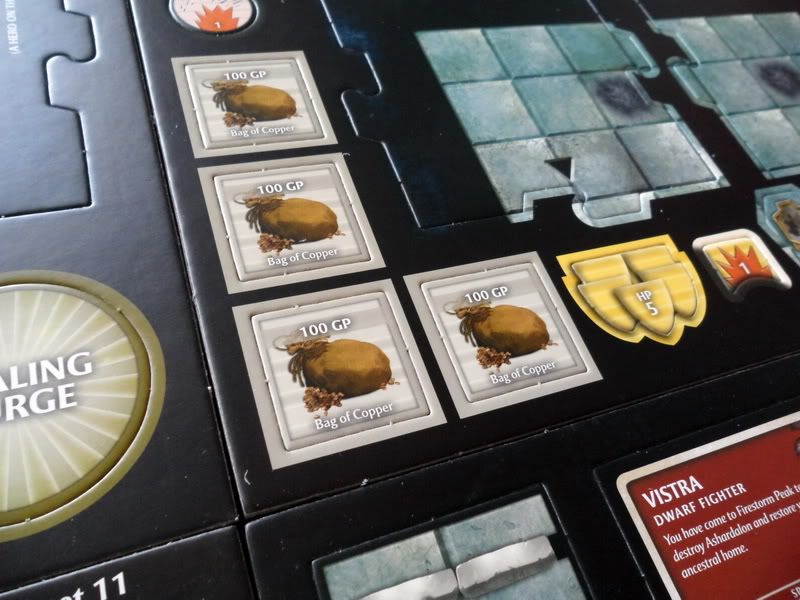

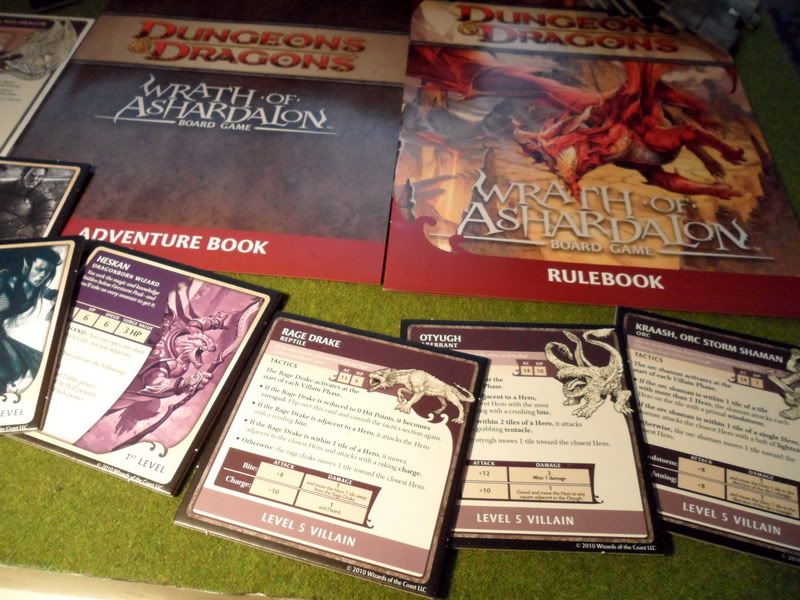
No comments:
Post a Comment